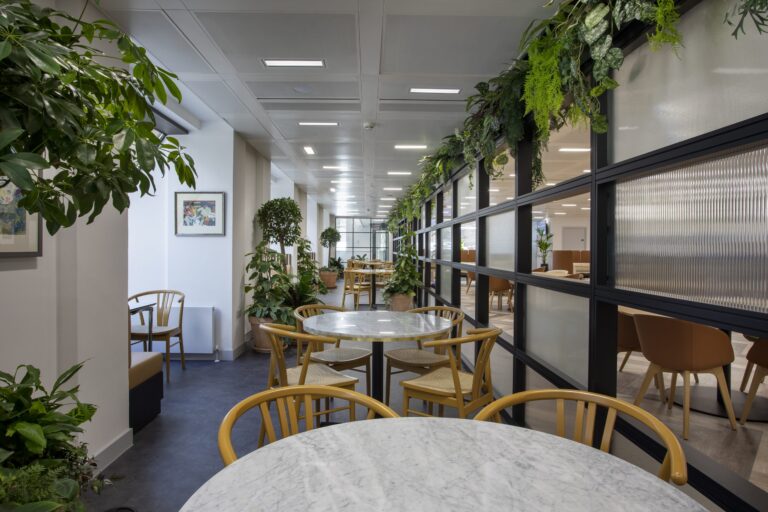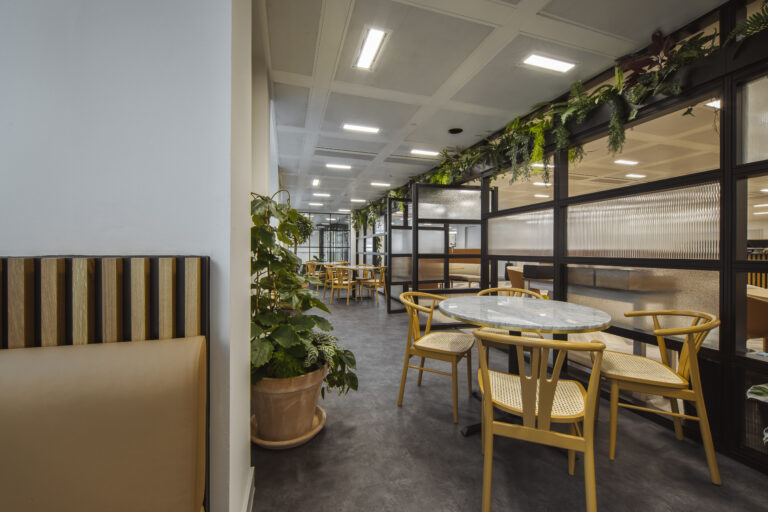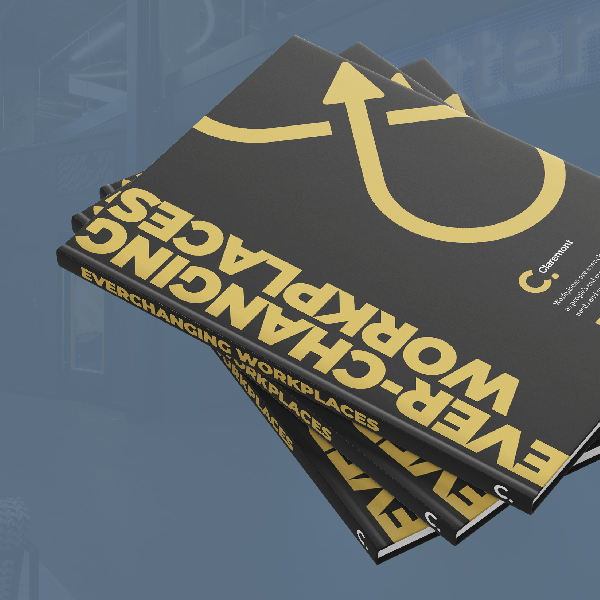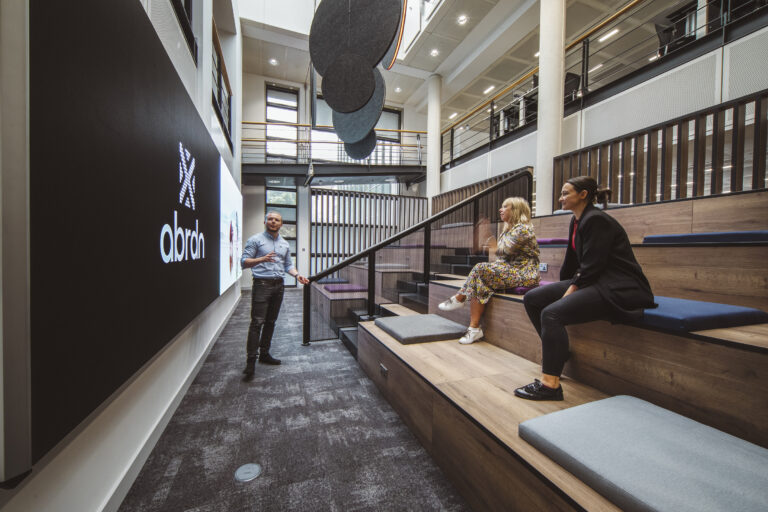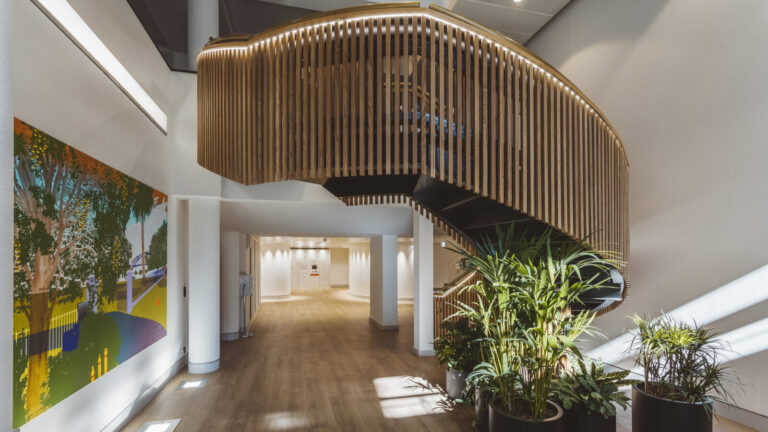
The Indirect Experience Of Nature - Part 3
Date
16 January 2024
Read length
3 min
In this blog, we continue exploring the three pillars of biophilic design. This time, we take a closer look at the third and final pillar: indirect experience of nature.
Much like our previous post, we’ll highlight elements that can be easily incorporated into office design. These include images of nature, natural materials, natural colours, simulating natural light and air, and artwork that evokes natural settings.
The research
To explore this further, let’s look at a study published in the Journal of Environmental Psychology – Biophilic office design: Exploring the impact of a multisensory approach on human well-being. Researchers tested how different forms of biophilic design interventions affected office workers’ well-being and performance.
Participants carried out their normal office work in four variations of the same space:
- Control: no biophilic design interventions.
- Visual: live plants, greenery projections, and artwork with nature scenes (trees, fractal patterns, meadows, savannah landscapes, flowering plants).
- Auditory: natural sounds such as wind in trees, running water, birdsong, and crickets.
- Multisensory: a combination of both visual and auditory interventions.
To measure outcomes, workers completed daily surveys, cognitive tests, and wore wrist sensors to monitor stress responses.
The findings
The results were striking. Workers in the multisensory condition showed lower physiological stress, measured by reduced skin conductance, and reported feeling calmer. Even in the visual and auditory-only conditions, stress levels were lower compared to the control environment.
Cognitive performance also improved in all three biophilic conditions. Workers demonstrated better working memory and stronger response inhibition, and key skills for problem-solving and maintaining focus. Interestingly, task-switching became harder in the multisensory setting, suggesting that this approach may not be ideal for roles requiring constant changes in attention.
Beyond measurable data, participants reported feeling more satisfied with their environment and more productive in offices with biophilic interventions.
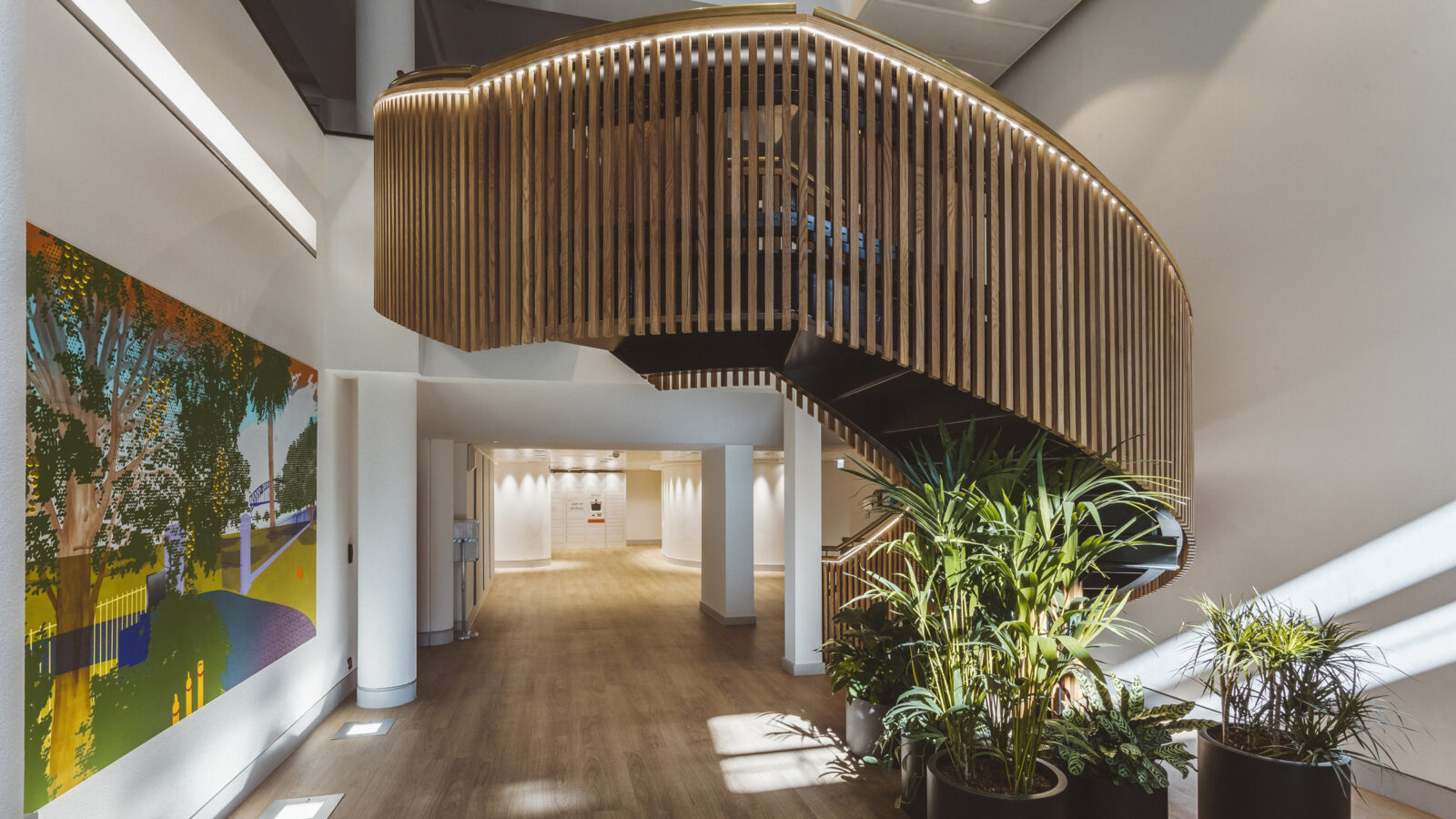
^ ABRDN Edinburgh – A perfect example of indirect experiences of nature: wooden beams on the stairs, artwork that evokes landscapes, and indoor planting.
Why it matters for offices
This study shows that incorporating indirect experiences of nature into workplace design can have significant benefits. A multisensory approach, using both natural imagery and sound, is particularly effective for reducing stress and boosting performance.
That said, no single solution will work for everyone. Offering a variety of spaces, from quiet, nature-inspired areas to more neutral environments, allows colleagues to choose what works best for them. This autonomy not only supports individual well-being but also creates a more inclusive, flexible workplace.
See how we could help with your new office interior design or office design and build project here
Get in touch
We love nothing better than talking all things workplace and design – got a question, potential project or just need some guidance?
Drop us a note…


